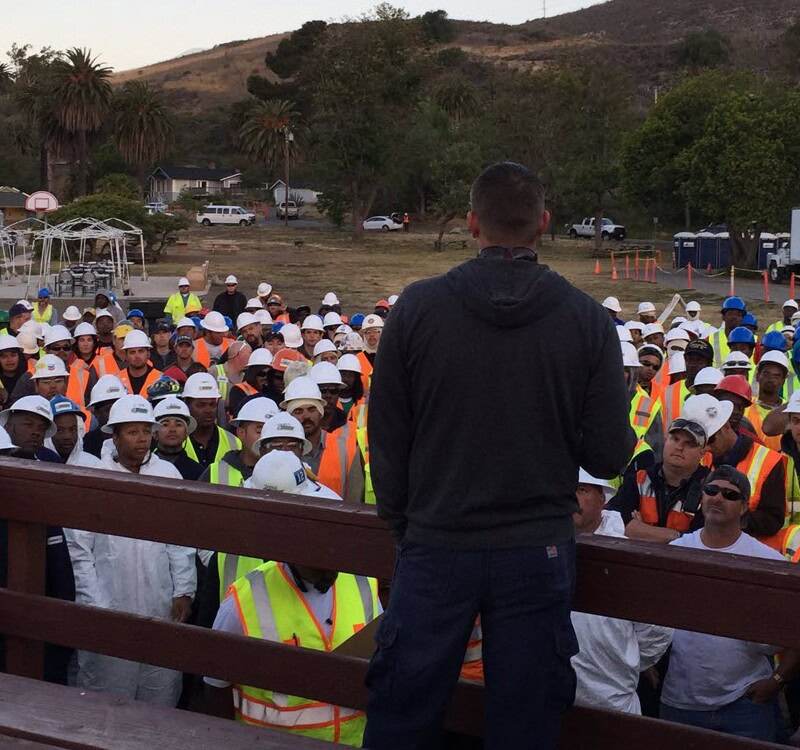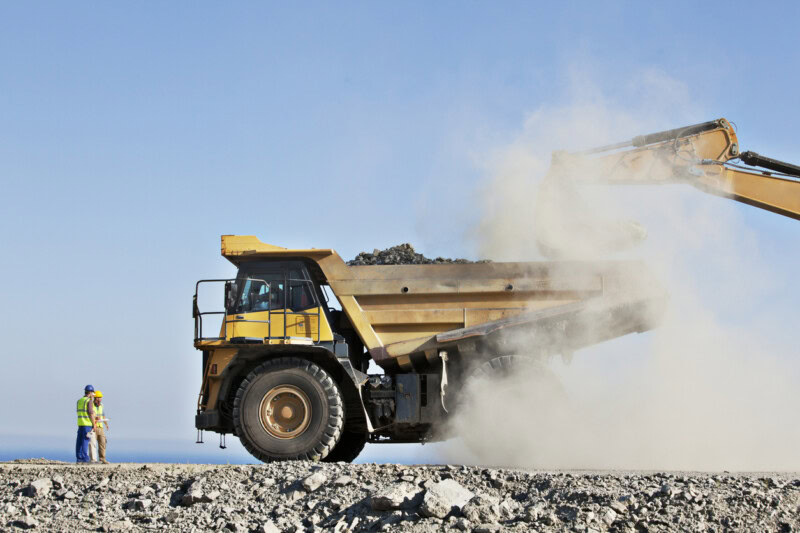Readiness
The best time to deal with challenges? Before they happen.
Readiness can mean the difference between a normal day and national news. CTEH’s proactive approach helps you prepare for anything.
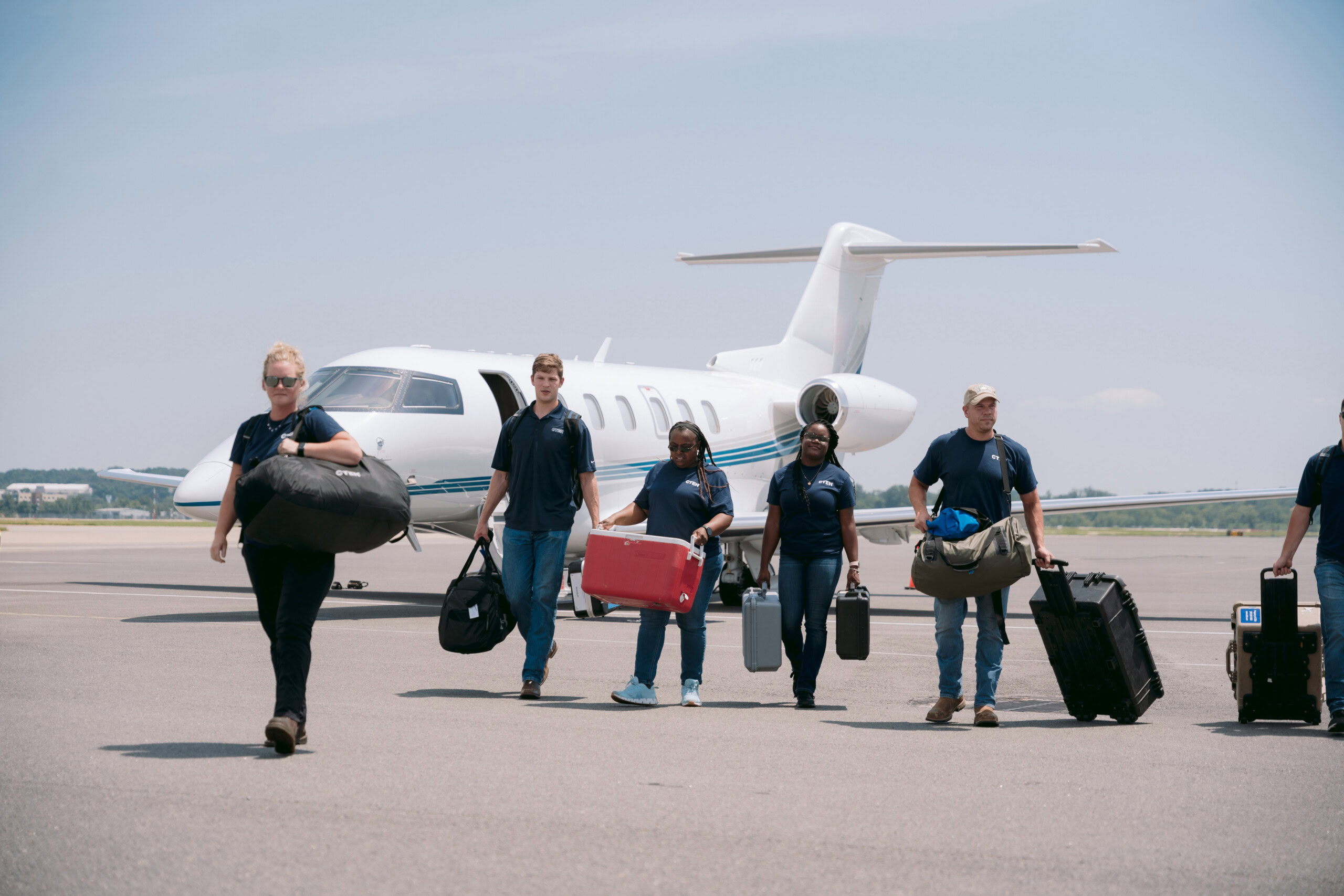
Plan & Prepare for an Incident
The key to effective preparedness and response is planning. World-class training of your workforce by CTEH’s crisis-hardened experts can help ensure that there are no surprises when an emergency strikes.
Just as important are detailed, carefully crafted plans. We have extensive experience creating risk management, contingency, risk analysis, and emergency and crisis management plans for clients across industries. For more than 25 years, organizations, corporations, and national governments have turned to our team of experts to prepare Emergency Response Plans and Regulatory Response Plans.
- USCG/EPA Facility Response Plans
- PHMSA Response Zone Plans
- DOT Security Plans
- TX H2S Contingency Plans
- Regulated Emergency Action Plans
- Regulated/Non-regulated Emergency Response Plans
- Hurricane Response Plans
-
Incident Drills & Exercises
Our exercises are designed to evaluate an organization’s response plans, procedures, and level of training, with a goal of developing a highly effective Spill Management and/or Incident Management Team (SMT/IMT). CTEH is also qualified to provide trainings consistent with the enhanced requirements for the states of California and Washington.
The exercise objectives and approach are designed to meet and exceed annual regulatory and company requirements, which can include:
• Validating specific plan content and response actions
• Evaluating command and control
• Practicing individuals working as a team
• Assessing use of company procedures and policies
• Verifying data and information available to the team
• Communication with internal and external stakeholders
• Demonstrating understanding and implementation of ICS
• Complying with regulatory requirements (NPREP, HSEEP, etc.)
-
Worker Onsite and Virtual Training
CTEH training is a mixture of classroom instruction and hands-on practical knowledge. Our training specialists have experience working in the United States and internationally, and all have countless hours of field experience working with hazardous materials in both emergency and non-emergency situations.
Training is customized for each client, maintaining the focus on subjects and areas of greatest concern to you. We also strive to reduce workplace incidents by teaching the application of OSHA standards in hazard recognition and prevention. We specialize in developing training and scenarios that are industry- and hazard-specific to help guide teams to be better prepared when faced with a real emergency.
Our team has qualified and skilled trainers capable of providing a number of trainings to enhance your NIMS/ICS skillset and prepare you for drills and exercises.
- ICS 300 & 400
- Position-specific training (Incident Commander, Section Chiefs, etc.)
- ICS introductions and refreshers
- HAZWOPER 40 hour
- Custom-tailored workshops specific to your region and response plans
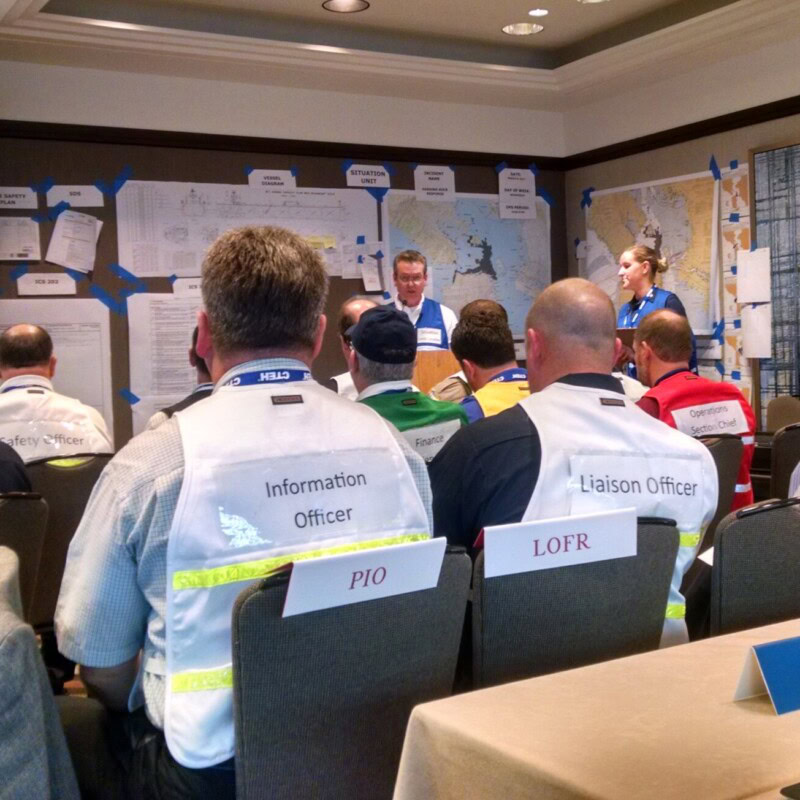
Build Resilient Communities
Knowing your risk profile is critical to business continuity and preparing to respond productively in the event of disaster. CTEH experts support qualitative and quantitative site-specific evaluations of risks to human health and the environment. Having the right help in the assessment process is critical to mapping strategies and preparing optimal remedial solutions.
-
Assessing Exposure and Risk
Exposure simulations and process reviews can lead to adjustments in PPE usage, decontamination, and first aid stations, as well as inform risk profiles to right-size your company’s insurance policies.
All risk assessments are conducted in accordance with the relevant standard guidelines (including USEPA RAGS, DTSC HERO, TCEQ TRRP, LDEQ RECAP, and Health Canada).
We also work to reduce job complexity and administrative control strain by incorporating narrower specifics in our assessment strategies:
• Site-specific risk assessment
• Chemical-specific exposure assessment
• Job task-specific assessment
• Evaluation of multi-chemical or multi-hazard scenarios
• Derivation of risk-based screenings for hazards without existing standards
-
Characterize Cumulative Impacts
Understanding the complexity of community exposure requires identifying both chemical stressors present in different environmental media and non-chemical stressors such as social determinants of health and socioeconomic status. CTEH recognizes the multifaceted nature of each community, including their exposure to unique stressors, disproportionate impacts, and the ongoing challenges posed by climate change. Our cumulative impact analyses provide a holistic view of community health risks, enabling targeted and effective intervention planning.
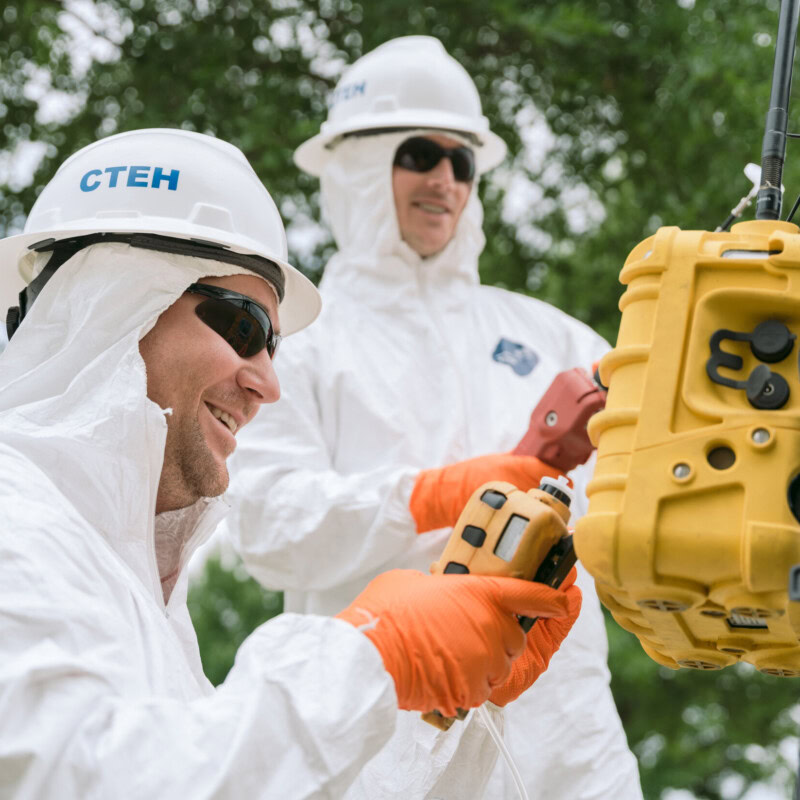
Enhance Worker Health & Safety
Protecting workers from occupational health and safety hazards is important to you—and to us. Effective industrial hygiene programs anticipate, recognize, and evaluate threats to worker health. That is why CTEH’s certified industrial hygienists are worker health and safety problem-solvers, focusing on the specific needs of your workforce to control and prevent problems, maintain employee morale, and minimize long-term liability and operational costs.
We can quickly assess worker protection needs, including hazard recognition, quantification of identified exposures, and development of controls to reduce or eliminate hazardous exposures. We also have powerful, in-house industrial hygiene data visualization solutions that empower you to identify key risks and make rapid critical decisions.
-
Industrial Hygiene and Safety Programs
OSHA regulations require periodic evaluations to incorporate regulatory and work environment changes, and to assess the performance of your health and safety systems.
The periodic reassessment of chemical, biological, and physical hazards, as well as ventilation and other critical systems, forms the core of any program. It is equally important to evaluate all of the inputs (exposure data, safety data sheets, equipment) and outputs (illness and injury statistics, personal protective equipment requirements, medical surveillance). Program assessments reduce costs by focusing finite resources on the areas that can have the greatest impact on protecting worker health.
CTEH industrial hygiene professionals can support the continual effort to protect worker health through a variety of services including:
• Health and safety program gap assessment and audits
• Data statistical analysis
• Comprehensive exposure assessments
• Site hazard identification
• Personal protective equipment evaluation and selection
-
Occupational Health
The health needs of your workforce can span a wide range of severity and immediacy. CTEH provides a broad range of occupational and environmental health experience and expertise, from standard medical clearance and fit testing, to programmatic development for work-related accident prevention, all the way to complex scenarios involving sophisticated analysis of the effects of toxic chemical exposure or detecting biological changes during pandemic situations within a workforce – CTEH is the right partner for your program.
• Respirator fit testing
• Pulmonary function testing
• Medical surveillance (onsite and custom)
• Medical clearance and drug screening
• Immunization services
• Training
• Occupational health program development
• Worker Exposure Response Program (WERP)
